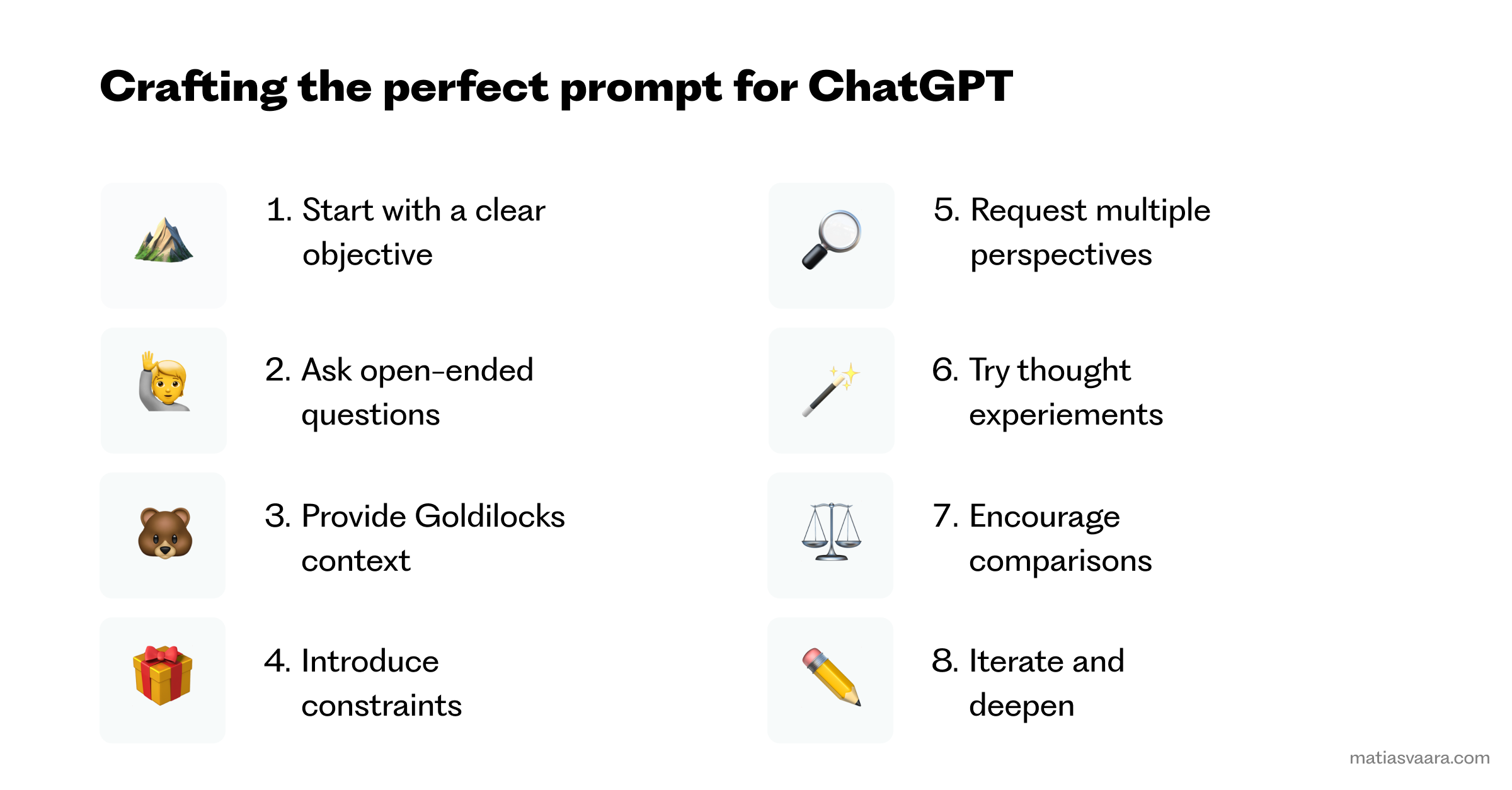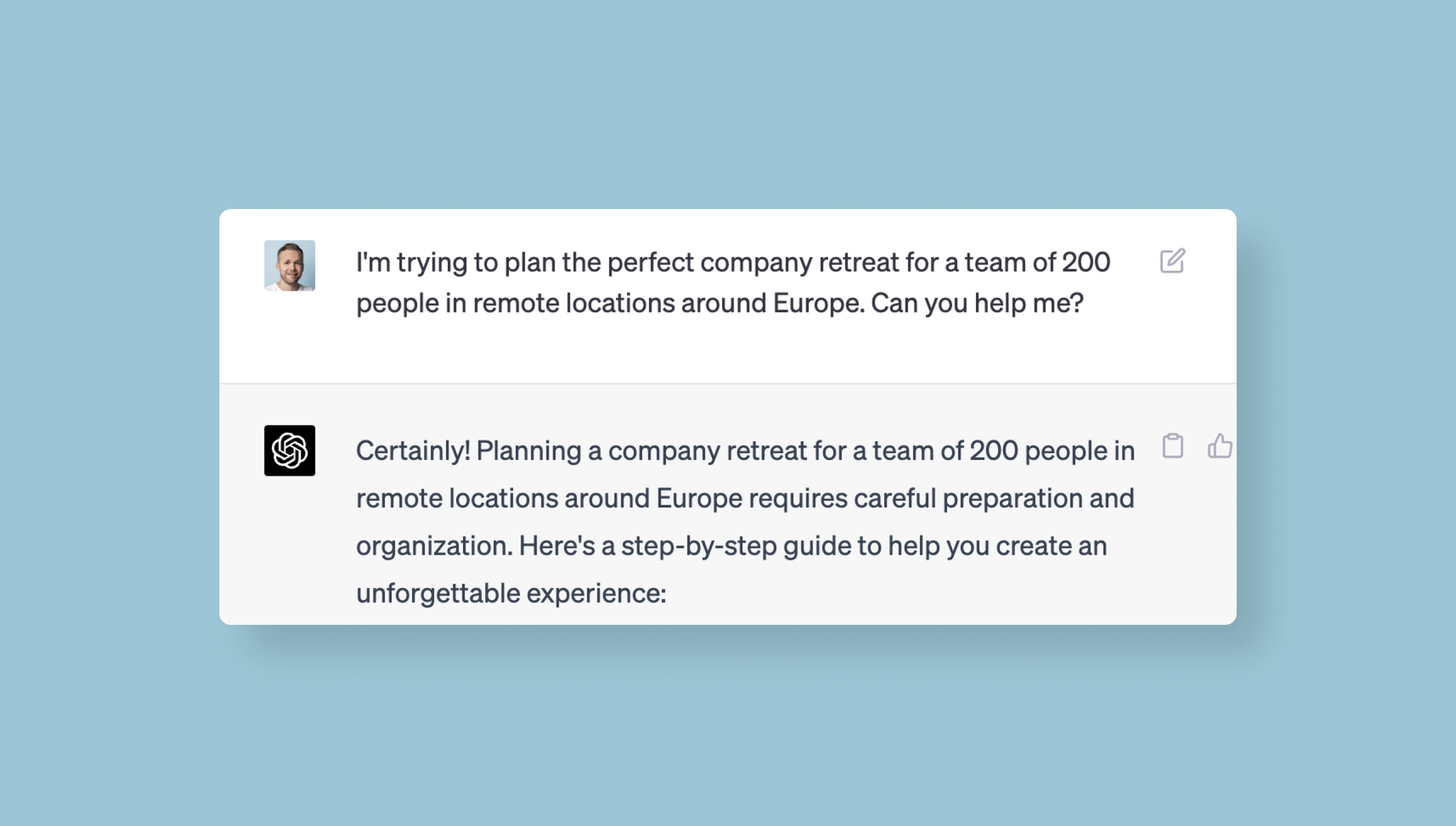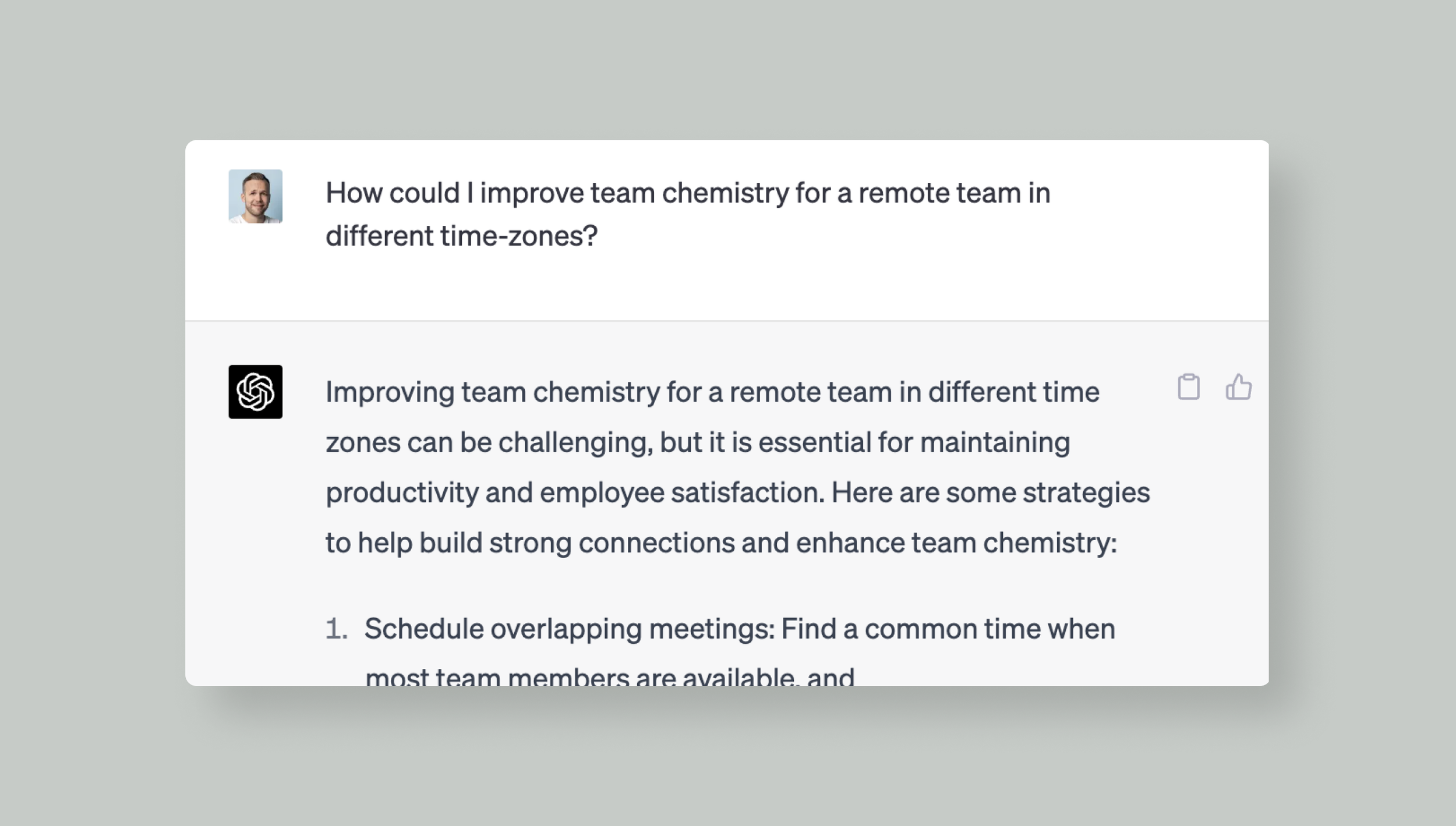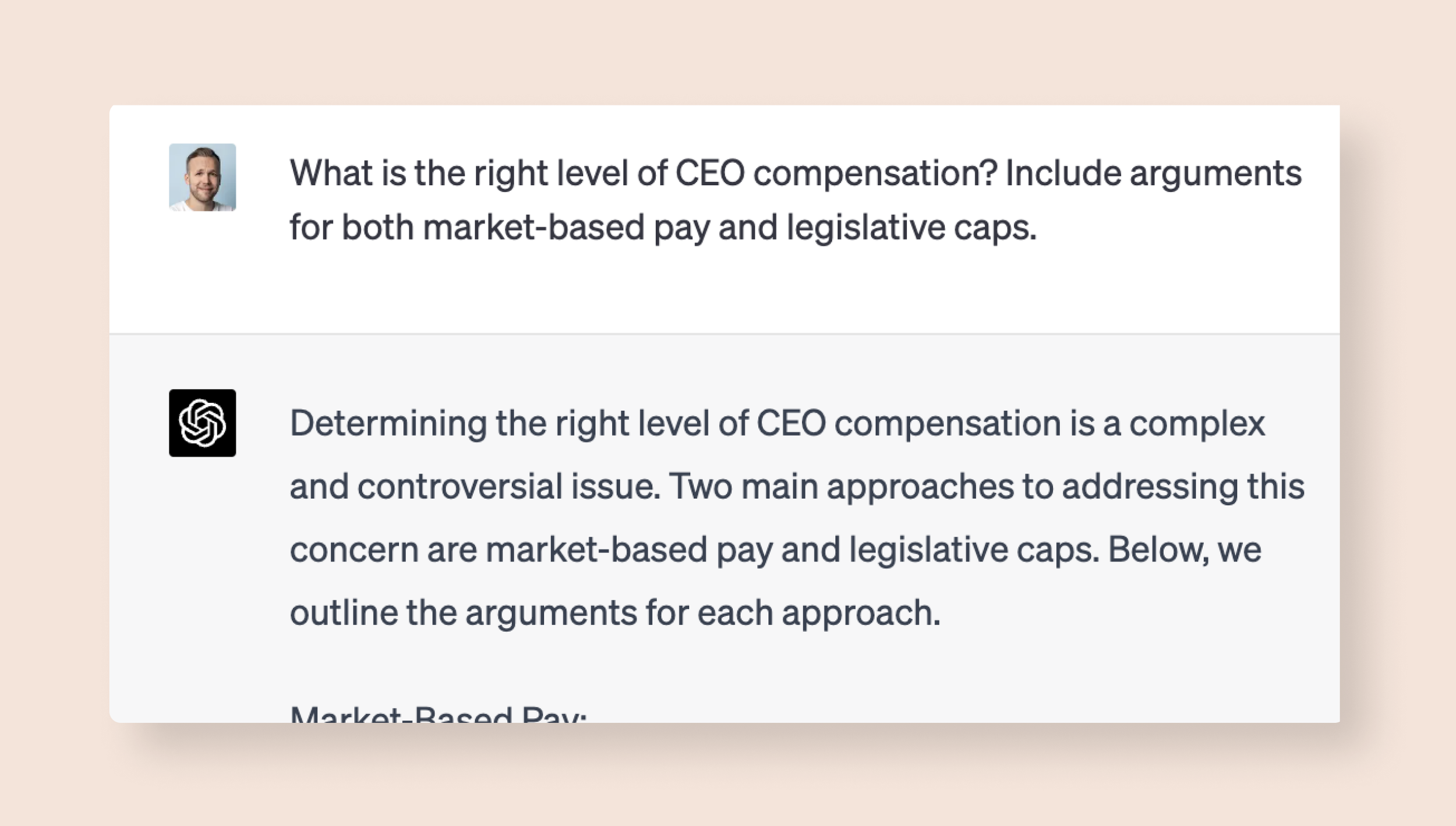Are you looking to get the most out of your interactions with AI models like ChatGPT?
These powerful Large Language Models hold vast knowledge, but tapping into it requires skillful prompting.
It’s like we’ve all been handed key cards to a Tesla S Plaid, and driving school hasn’t been invented.
In this piece, I'll outline eight battle-tested principles for crafting effective prompts that yield insightful and valuable results.

1. Start with a clear objective
While aimless conversations with ChatGPT can lead to serendipitous discoveries, it's often more productive to begin with a specific goal in mind.
Clearly express what you're seeking, such as "I'm looking for background information on (theme) for an article" or "I'm trying to plan the perfect company retreat for a team of 200 people."
For designers, this might mean asking ChatGPT to help identify accessibility considerations for a checkout flow or to brainstorm edge cases in a user journey you're mapping.

2. Ask open-ended questions
Open-ended questions encourage deeper exploration and engagement.
Begin your prompts with "How," "Why," or "What," such as "How could I improve team chemistry for a remote team in different time-zones?" or "What are the core principles of data visualization that help produce insights?"
In UX work, try questions like "What unmet needs might users have when managing their account settings?" or "How might we reduce cognitive load in a multi-step onboarding process?"

3. Provide Goldilocks context
Give ChatGPT sufficient context for it to generate valuable answers. A few sentences or bullet points are typically enough.
Try not to overdo it, though. Add too much context, and the AI will feed your words like an overeager parrot. Adding just the right amount of context is crucial - finding the Goldilocks zone of AI guidance.
You can also assign ChatGPT a role, like "world-class UX design consultant" or "expert in business communication," which often leads to more nuanced responses.
Service designers might provide context about touchpoints and stakeholders—"I'm designing a hospital discharge experience involving patients, nurses, family members, and administrative staff"—to get more systemically informed responses.
4. Introduce creative constraints
Paradoxically, constraints can unleash creativity.
Experiment with limiting answer length, format, tone, or style.
You can also guide ChatGPT with frameworks like SCAMPER or the Business Model Canvas to jolt its “thinking” in unexpected directions.
5. Request multiple perspectives
To counter potential biases in ChatGPT's learning data, ask it to consider various viewpoints in its response.
For example, "What is the right level of CEO compensation? Include arguments for both market-based pay and legislative caps."
This perspective-shifting can also help enrich your own thinking and prepare you for difficult conversations.
Designers can leverage this by asking ChatGPT to consider how different user segments—power users versus novices, or mobile-first versus desktop users—might experience the same interface differently.

6. Try thought experiments
Dive into the creative depths of ChatGPT by engaging it in hypothetical scenarios.
Pose questions like, "Imagine a world in 2030 powered by abundant superintelligent AI assistants. Discuss both positive and negative implications for our societies, relationships, and businesses."
Going deeper with questions like these can help unlock unusual answers that deviate from the AIs typical musings.
7. Encourage comparisons
Comparisons can help us make sense of complex concepts.
Ask ChatGPT to contrast ideas or strategies, such as "Compare the approaches of relying on paid advertising versus focusing on non-traditional top-of-the-funnel marketing."
8. Iterate and deepen Use ChatGPT's initial response as a conversation starter, refining or elaborating on its answers as needed.
Take advantage of its ability to remember the context within a conversation thread to improve your work further. For example, I’ve trained several ChatGPT bots to edit my writing or assist in a specific project.
By mastering these principles, you'll hopefully unlock the full potential of ChatGPT as a creative collaborator, enriching your ideas and boosting your productivity.
Naturally, ultimately we’re always responsible for the quality and impact of our work in the world.


